How Neurodivergent-Friendly Office Design Can Benefit Everyone
Svigals + Partners Director Katherine Berger shares effective strategies for creating more inclusive workplaces.

As workplaces evolve, designing environments that cater to a wide range of employees is gaining increased recognition. And neurodiversity, which refers to the natural variation in how people think, learn and interact with the world, is one of the key factors shaping this trend.
More companies are focusing on diversity, equity and inclusion, so it’s essential to understand how neurodivergent individuals—those with conditions like autism, ADHD, dyslexia and other cognitive differences—can be better supported in the workplace through thoughtful design.
In an interview with Commercial Property Executive, Svigals + Partners Director of Interior Design Katherine Berger discusses the prevalence of neurodiversity in the U.S. and offers insights into how workplace design can accommodate all employees, ultimately benefiting the entire workforce.
READ ALSO: CRE Brokerage and the Talent Dilemma
From what you know, how widespread is neurodiversity in the U.S.?
Berger: Studies show that 15-20 percent of the population, or about one-fifth, displays a form of neurodivergence. While neurodiversity is often used in reference to people with autism, attention deficit hyperactivity disorder and other mental health and learning conditions, as a whole, neurodiversity encompasses the wide range of how people experience and interact with the world, with no ‘right’ way of thinking or behaving.
Can you elaborate?
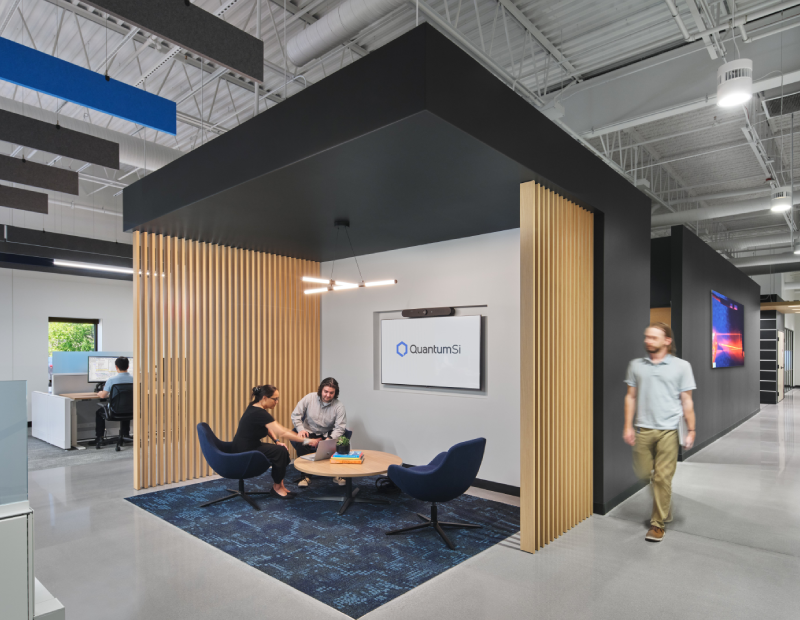
Berger: It’s worth noting that in June 2024, the U.S.’ labor shortage was at 70 percent, meaning 70 percent of employers were unable to find suitable employees to fill job vacancies. While many companies are increasingly focused on diversity, equity and inclusion issues, the neurodivergent group is often overlooked in the diversity conversation. Not only could these professionals help employers address the labor shortage, but making an extra effort to recruit, retain and nurture neurodivergent workers creates a competitive edge.
Research suggests that teams with neurodivergent professionals can be 30 percent more productive than those without them. The unique abilities aligned with these professionals include visual thinking, attention to detail, pattern recognition, visual memory and creative thinking, according to the Deloitte Center for Integrated Research. While some estimate one in every five adults are neurodivergent, others claim we are all neurodiverse.
What are some of the most common needs of neurodivergent employees from a workplace design perspective?
Berger: Design approaches that ease sensory stimulation are key for neurodivergent employees, including ambient noise abatement, quiet areas and an attention to light levels. In fact, implementing design strategies in the workplace that support the well-being, productivity and comfort of neurodivergent staff benefits a wide range of employees.
And what can companies do to better accommodate neurodivergent employees?
Berger: The good news is the recommendations for neurodivergent people are practical, effective and good for everyone. Simply put, they are human-centered interiors designed to meet the various ways people think, learn and experience the world around them. They are environments that put the user at the heart of the design process to create effective, flexible solutions catering to employees’ challenges and desires.
Some top considerations include noise mitigation and attention to peripheral acoustics; spatial sequencing or the creation of both high- and low-stimulation areas that can serve as spaces of activity and quiet retreat; adjustments to sensory and physical distractions in transition areas—hallways and corridors—and designs that go beyond physical safety to differing mental considerations through flexible and customizable strategies, plus options for privacy.
What are some of the best ways to address acoustic challenges in open office environments?
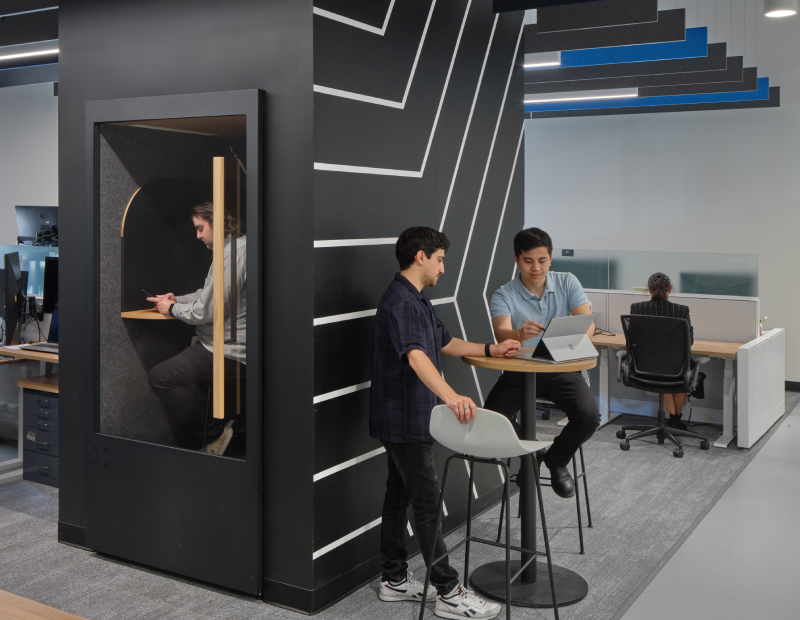
Berger: One approach to mitigating ambient noise involves the artful application of acoustic panels. An example is Svigals + Partners’ design of the new headquarters for protein sequencing company Quantum-Si in Branford, Conn., where darkly finished horizontal acoustic blades suspended from the exposed ceiling in the workplace’s collaboration zones help quiet ambient sounds.
Other examples … are a light-filtering acoustic ceiling feature in the elevator lobbies of biotech hub Elm City Bioscience Center in New Haven, Conn., and hexagon-shaped acoustic panels suspended from 12-foot-high ceilings in the open workstation area for the headquarters design of Achillion Pharmaceuticals.
Dedicated quiet spaces are another option to address sound, such as private phone booths in our design of the Quantum-Si headquarters.
What role does nature play in creating neurodivergent-friendly workspaces across different industries?
Berger: Studies have shown that environments designed with biophilic attributes such as daylight and natural material promote cognitive, mental and emotional well-being and help support everyone, neurodiverse people included, by instilling a sense of calm and comfort.
Svigals + Partners’ design of the Yale Child Study Center in New Haven, for example, incorporates a nature motif for a welcoming and nurturing retreat that benefits the center’s children with behavioral health needs and their families.
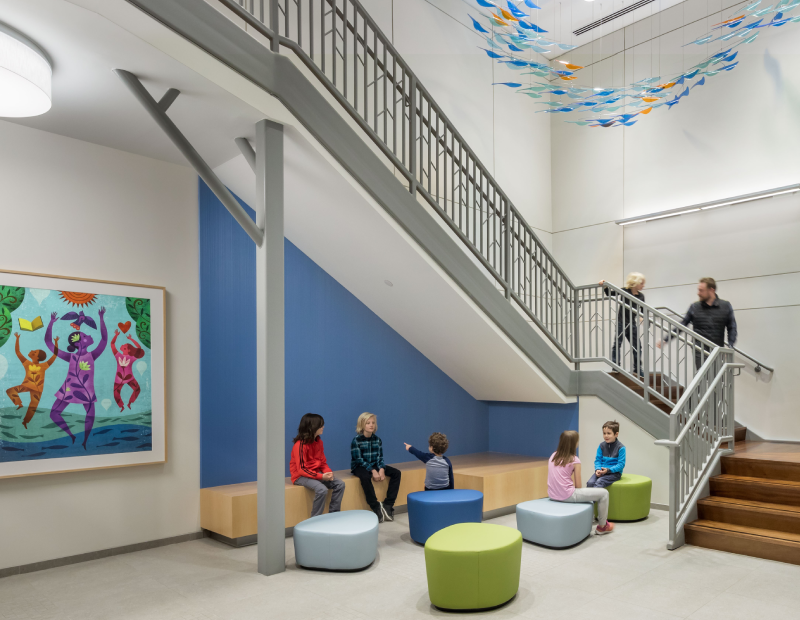
At the same time, the biophilic designs also create a supportive environment for the center’s research and associated work, advancing collaboration and cross-pollination of ideas.
The center’s waiting room calms patients and visitors with a sky-like blue and white ceiling acoustic panel design and a structural column that was stylized from laminate and veneer to resemble a tree. Other soothing, nature-inspired approaches include artist Nancy Samotis’ school-of-fish sculpture suspended above the lobby’s wood staircase, plus ample windows for daylight and picnic-style furnishings.
Tell us more about a specific project where you intentionally designed for neurodiversity. What design choices did you prioritize?
Berger: The firm’s recent design of Kreitler Financial’s headquarters in New Haven, for instance, incorporates a professional, home-like setting intended to put the firm’s full team and their clients at ease, ensuring the comfort of all individuals …
The bright and airy workplace’s ample windows heighten well-being by opening to relaxing outdoor views and providing daylight inside. In addition, the interior’s mix of earth tones and wood finishes accentuate the quieting benefits of natural elements. Both private and collaborative spaces within the work environment allow for solo, small-group and team work and curated artwork throughout the workplace reflects the employees’ interests for a comforting sense of belonging.
The new headquarters for Quantum-Si presents an inviting research laboratory and modern workplace that welcomes scientists and diverse employees in a warm, inviting setting. In addition to common areas, private offices and touchdown spaces, collaboration zones and phone booths provide comfortable environments for productive work. The easy-to-adapt environment also features adjustable lighting systems to lower or increase light levels as desired, suspended horizontal acoustic blades that soften general noise, windows that brighten the workspaces with natural daylight and a distinctive blue and purple graphic that zigzags along the central corridor, clearly distinguishing between office and lab zones.
READ ALSO: Designing an Office Experience That Feels Like Home
Major employers are increasingly interested in tapping into more talent pools to fill job openings. But are they doing enough to accommodate the needs of all workers and create neuro-diverse workplaces?
Berger: Employers are wise to make their workplace as productive and comfortable as possible for their entire current and potential workforce. To-date, this has typically excluded one specific group: neurodivergent workers.
Most people with disabilities have non-visible disabilities. So, while the Americans with Disabilities Act is a great move forward, many believe it’s not addressing everything it should in terms of inclusion and accessibility. Not enough is being done for people with sensory and developmental disabilities who are experiencing issues with anxiety, sensory stimulation and communication. It seems if we want to see more people coming into the office, it behooves the design community to make the office workable for everyone. That’s just good design.
So is good design a way to make workplaces more attractive for all employees?
Berger: Since the pandemic, employees around the country have become accustomed to creating their own remote environments, customized to their personal working style. They are increasingly being asked to leave that comfort and return to open office plans. So, today, design that allows choice and flexibility is simply good business. Companies are well-advised to make small, inexpensive adjustments to lower the barriers for bringing people back into the office in a way they can be productive.


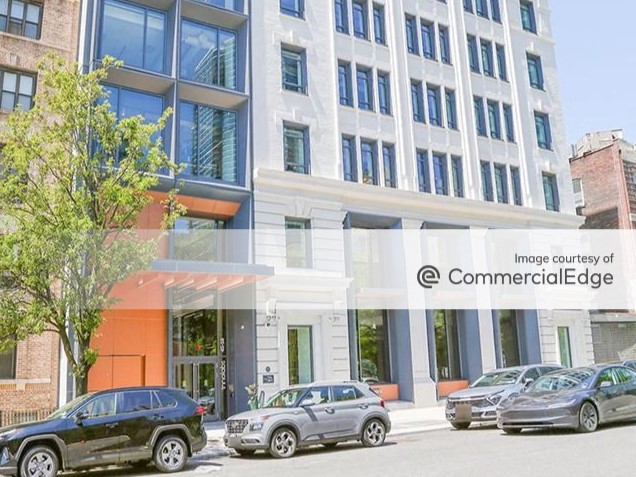
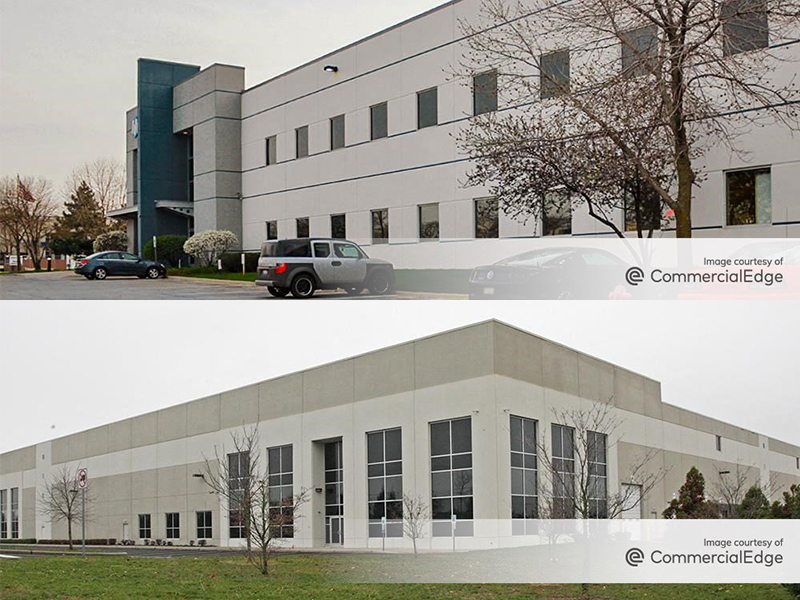
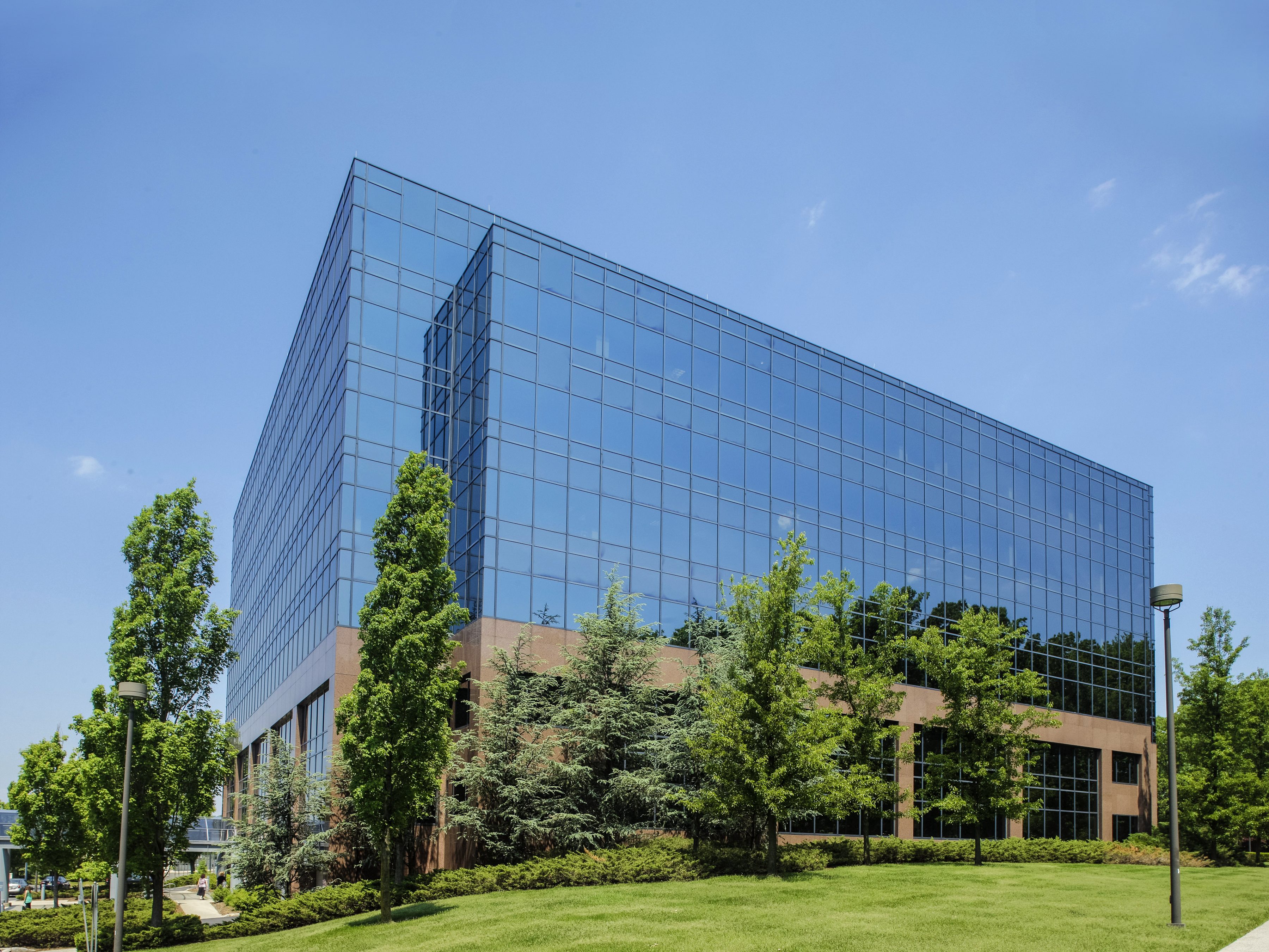


You must be logged in to post a comment.